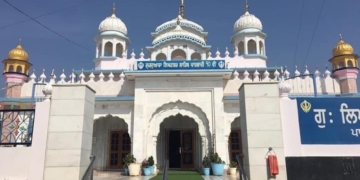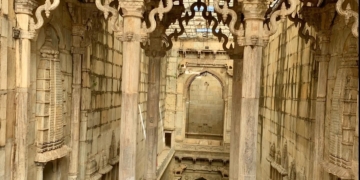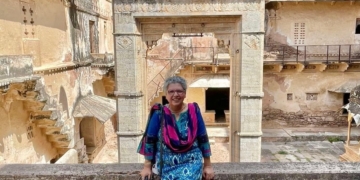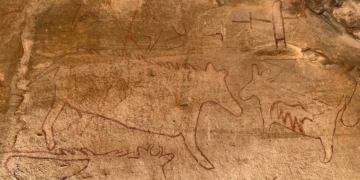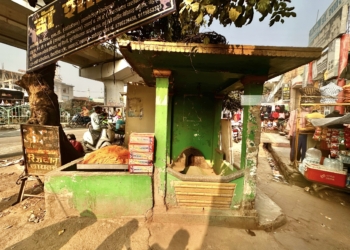

First a bit about courtesans/ tawaif.
The word tawaif comes from “taifa”, which means Nocturnal rounds or patrols’; a people, tribe, troop, company, body, band, gang; a company of dancing girls and musicians; — a caravan; — suit, equipage.
It was a term of respect back then not derision.
There were three major categories of tawaif: kanchani/ kanjari , and derawali .
Kanjari / kanchani are mentioned in Ain e Akbari were singers.
The name “kanchani” or gilded was given to the the accomplished singers and dancers.
A derawali tawaif would be someone who identified with an establishment, that is, had a pedigree, while a kanchani was a standalone.
Interestingly, derawali tawaifs did not need to employ pimps as it was their singing and dancing skills which brought them rich, noble and knowledgable clients and not the riff-raff that could be solicited off the streets..
They were very rich and powerful and actively participated in the Uprising of 1857. Courtesans like Azizan Bai who sided with Nana Sahib in 1857, allowed their salons known as balakhana or kothas (because they were on the first floor with ground floor being shops) to be used as meeting places for the “rebel sepoys” and helped pass on messages. They spied on their British clients, encouraging them to talk and relayed information to the sepoys.
When the British were punishing the perpetrators of the uprising, the might of their wrath also fell on the courtesans. It was then that they discovered that the courtesans were in the highest income brackets, owning huge properties and enjoying an elevated status in society.
An interesting point to remember about the courtesans of that era is that they were not just repositories of art and culture, but independent women. Men were dependent on them and not the other way round. They employed male musicians, music and dance teachers, had male clients and even pimps who were employed by them to bring business.
Clothes & jewellery
Clothes:
She’s wearing kalidar pyjamas ( today’s palazzos) and a angiya ( bodice) with a sheer dupatta.
She would wear a heavier dupatta if in company
And a peshwaz ( dress) over this in public.
The pyjamas have gota/ kinari border.
Ecen today we wear the same style called palazzos.
The angiya has given way to other inner wear such as bras.
Jewellery :
She us wearing a chand Tara locket worn lose over her stomach. If you look carefully the beads indicate it should have been worn tightly around the neck and below the choker.
She’s wearing a jhoomar in the middle of her forehead without a tee ka.
Normally jhoomar and reeks are worn together.
As per my aunts a tawaif wore a jhoomar on the right side while family women wore it on their left side.
She’s wearing bazubands on her forearms and bangles and kadas.
Have not been able to see clearly what’s on her ears but it should be a Karan Phool.
Upturned kaf e paa on her feet.
She is a smoking a huqqah and a peekdan / ugaldan or spittoon is kept by. Spittoon used by pan users.
Now let’s talk of the attendant
She’s very similarly dressed to her mistress but her bosom is covered by a cotton dupatta.
She’s wearing beautiful chand balis in her ears.
And has probably come to freshen the coals in the chillum of the huqqah.
Her jootiyan are swag!




